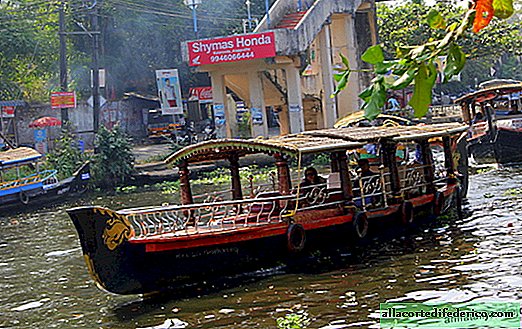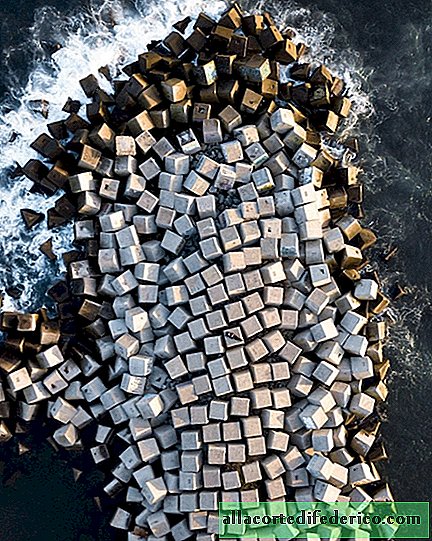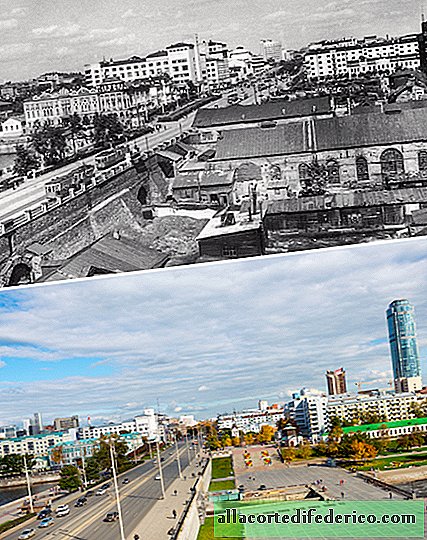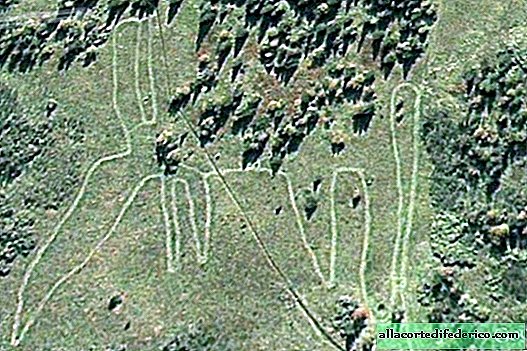The Cliffs of the Twelve Apostles - Australia's Endangered Landmark
The twelve apostles are huge limestone cliffs lying on the coast of the Southern Ocean. They are located a short distance from each other, creating a picturesque ensemble, which is one of Australia's most popular tourist attractions.
The Cliffs of the Twelve Apostles are located in Port Campbell National Park, which is located on the so-called Great Ocean Road, 250 km from Melbourne.
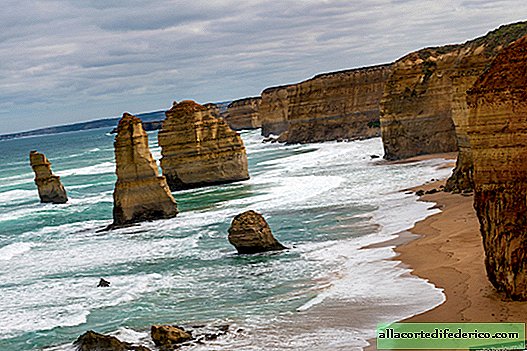
20 million years ago, the "apostles" were part of the continent.
The limestone that these rocks consist of is a fairly soft rock. Ocean waves inevitably destroy it, forming first caves in the cliffs, then arches, which at one point collapse and leave separate rocks.

Erosion rate is approximately 2 cm per year.
Therefore, it is hardly possible to observe the destruction or formation of new “apostles” in one human life. However, in 2005, several dozens of tourists managed to see such destruction. In just a couple of seconds, one of the rocks turned into a pile of stones.

The height of some rocks is about 45 meters, which is comparable with a 15-story building.

Initially, the group of limestone cliffs had the bizarre name "Pig and Piglets", which did not particularly attract the attention of tourists. In order to change the situation, in 1950 a decision was made to rename them.

The twelve apostles also have a notoriety - over 700 ships sank here, and the exact number of victims was never calculated.

The London Arch is another rocky landmark in Port Campbell National Park.
A rock formation several million years old, subjected to constant exposure to ocean waves, gradually took the form of a two-span bridge. Since there was a noticeable resemblance to the famous London Bridge, this stone formation received the same name.
On January 15, 1990, a span closer to the shore collapsed. Two tourists who were at that moment on the far side of the "bridge" were trapped and were soon saved by helicopter, no one was hurt. After the collapse, the London Bridge turned into the London Arch.







